Analyzing your prompt, please hold on...
An error occurred while retrieving the results. Please refresh the page and try again.
Gaussian noise is one of the most common damages that may deteriorate the quality of a source barcode. Most of difficulties correspond to the cases when barcode images have the monochrome color scheme or the distortion grain is considerably bigger than the minimal element of a barcode. To cope with these effects, median filtering mechanisms suitable for both 1D and 2D symbologies can be applied. Median filtering mechanisms also affect image quality due to the possible removal of some barcode elements together with noise; however, they still may be helpful in improving readability of key barcode modules. Aspose.BarCode for Python via .NET contains class QualitySettings that is used to enable and disable various algorithms to read barcodes with damages or artifacts.
One-dimensional filtering for linear barcodes can be set using the allow_salt_and_paper_filtering property of class QualitySettings. In this case, the filtering window size is selected automatically.
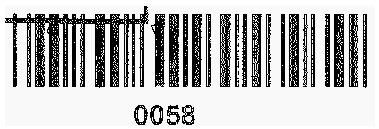
In Aspose.BarCode for Python via .NET, median filtering can be implemented using the allow_median_smoothing property and setting the median filtering window using the median_smoothing_window_size property. Unlike 1D barcodes, automated selection of a suitable median filtering window is not supported for 2D types.

One-dimensional median filtering for postal barcode types can be performed using the allow_micro_white_spots_removing property. The size of the filtering window is set automatically.

The presence of white spots in barcode images is a frequent problem that appears while sending documents with barcodes through fax transmission. To mitigate this issue, it is possible to use the allow_white_spots_removing property that allows filtering out not all Gaussian noise but only white spots.

In some cases, distortions caused by excessive scaling of a barcode image can be mitigated by reducing the scale space. It can be done using the allow_decreased_image. Its purpose is to reduce the size of an image and in this way, to facilitate barcode reading by eliminating visual artifacts.
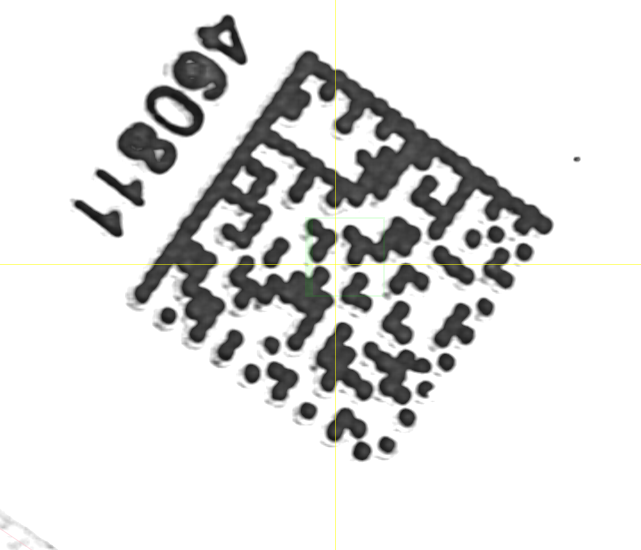
While scanning or sending barcode images using fax transmission, the problem of displaced or erased bars in 1D barcode labels often appears, especially, in those printed out using ink-jet printers. To resolve this issue, the barcode library provides two properties: allow_one_d_wiped_bars_restoration and check_more_1d_variants that allow selecting the most suitable recognition option according to the checksum value and other barcode elements. However, it should be noted that enabling these settings may result in incorrect recognition of 1D barcodes.

The library enables reading barcode images with inverted colors. To do this, it is required to use the allow_invert_image property.
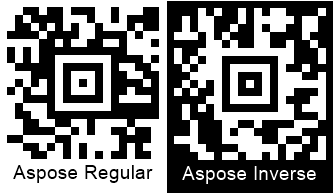
To read colored barcodes on a colored background, the barcode library provides the allow_complex_background property that attempts to distinguish the colored background from barcode labels through color quantization and then subtract it. It should be noted that enabling this parameter results in considerable deceleration of recognition speed and thus should be used in special cases only.
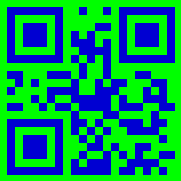
In cases when it is necessary just to detect the presence of barcodes regardless of their validity and corresponding recognition correctness, it is possible to enable two special settings called allow_incorrect_barcodes and read_tiny_barcodes. The first one is used to attempt performing partial barcode recognition even if the reading process has provided incorrect results; in this case, the barcode data is decoded with BarCodeConfidence being set to NONE, which means that the correctness of recognition is not guaranteed.
The read_tiny_barcodes property facilitates reading small barcode labels in large images. It is ignored if the allow_incorrect_barcodes property is called passing the True value. However, enabling this parameter may result in recognizing false barcodes in place of actual text or tables.
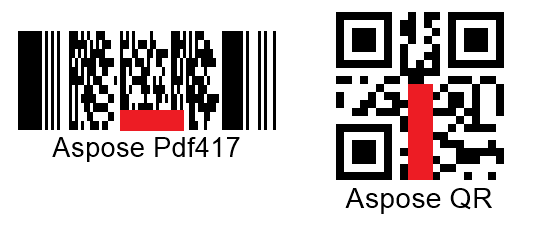
Industrial Data Matrix barcodes often have dotted patterns or other decoration elements and are placed onto metallic surfaces, in this way, creating embossed indelible barcode labels. To facilitate the recognition of such barcodes, it is possible to enable the allow_datamatrix_industrial_barcodes property that allows reading dashed labels in a slow mode.
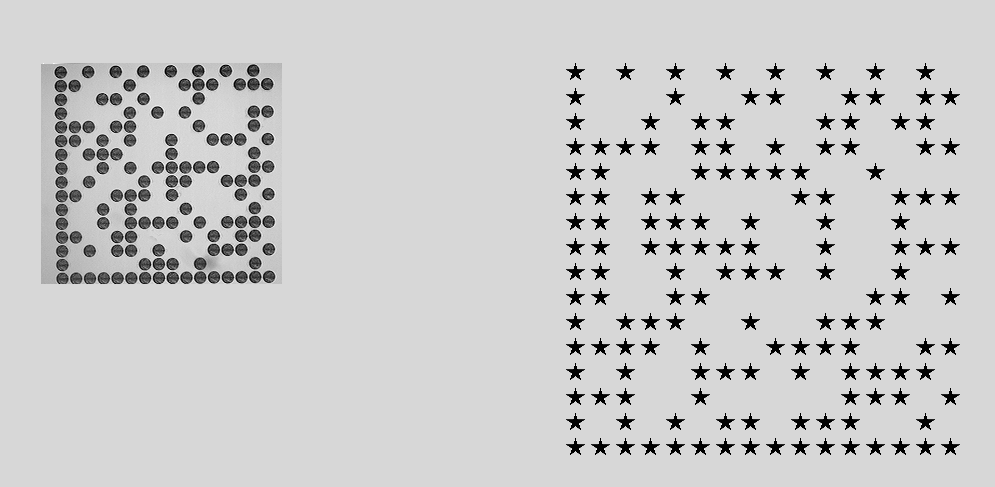
The barcode library allows reading severely corrupted QR Code and Micro QR Code images. It can be enabled by setting the allow_qr_micro_qr_restoration parameter.
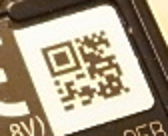
Analyzing your prompt, please hold on...
An error occurred while retrieving the results. Please refresh the page and try again.